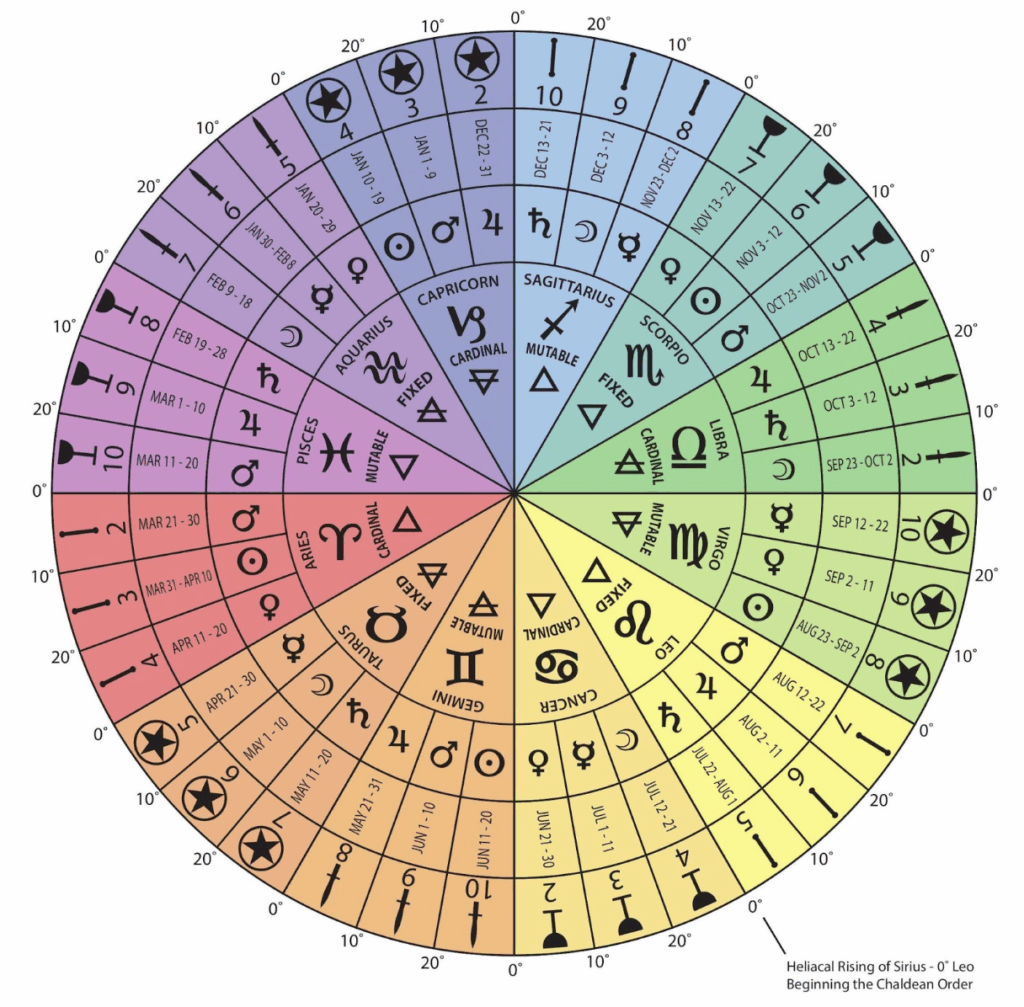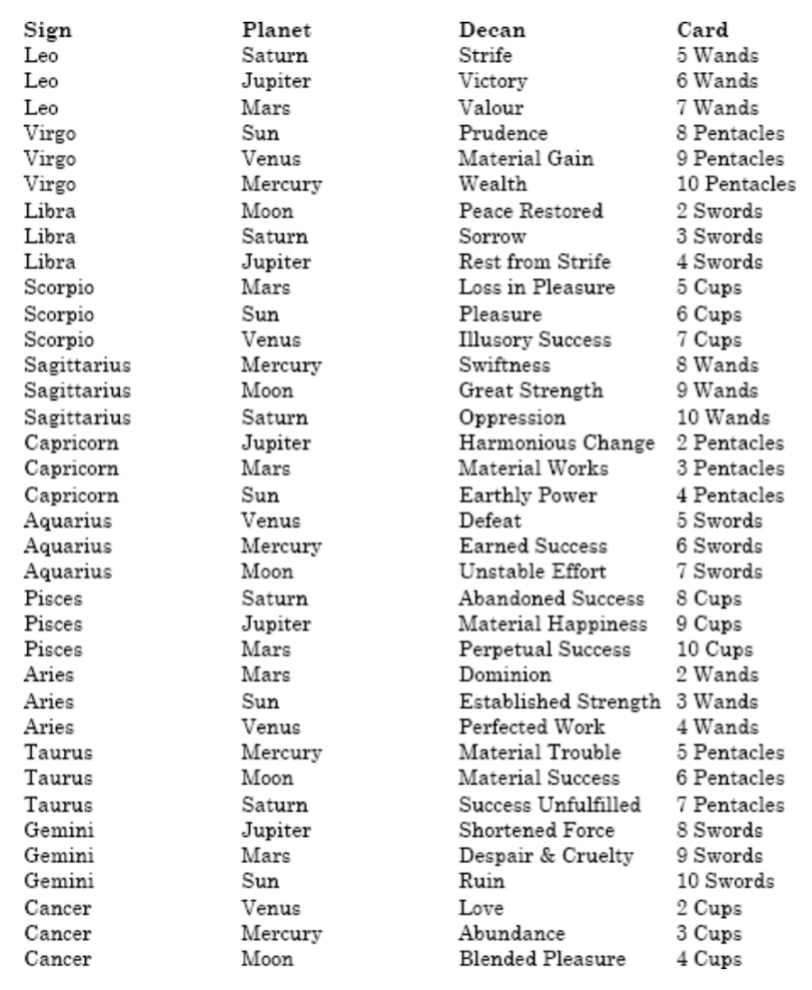Tarot integrated into Western Magical Theory
Éliphas Lévi (1810-1875), a pioneering synthesizer of Western occultism, originated the idea of aligning Tarot trumps with the Hebrew alphabet. This approach, which became the prevailing interpretation, arose from the idea that the Tarot could be understood through Christian Kabbalism. In fact, Levi believed that the Kabbalah could only be interpretable through the Tarot and ingeniously integrated the deck of playing cards into a system of Western magical theory. In 1856, Eliphas Levi published Dogma and Ritual of Transcendental Magic in Paris, a comprehensive synthesis of the Western magical tradition that emphasizes the significance of Tarot.
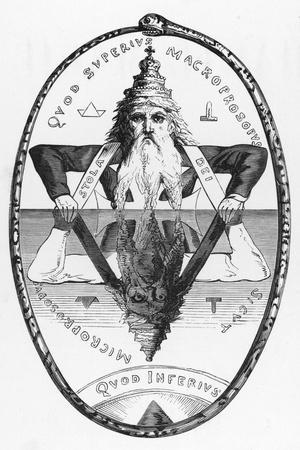
Origins of the Hermetic Order of the Golden Dawn
In 1886, Westcott was in possession of the renowned Cypher Manuscript. This celebrated document consisted of nearly sixty loose, unnumbered sheets written primarily in cipher, with some sheets bearing an 1809 watermark. The Hebrew letters appeared in clear text in Hebrew words and as numerals throughout the manuscript. Upon transcribing the document, Westcott discovered a comprehensive blueprint for establishing a mystical organization known as the Order of the Golden Dawn. The manuscript primarily consists of concise outlines of rituals for the admission of candidates into various grades, along with, in some instances, a summary of the knowledge required to progress from one grade to the next. The Tarot is notably introduced as essential knowledge for progression within the Order, beginning with the 22 trumps and then followed by the four suits, which are correlated with their French counterparts as follows: Wands or Batons correspond to Diamonds; Cups to Hearts; Swords to Spades; and Pentacles or Coins to Clubs. While Westcott claimed to have acquired the Cypher Manuscript from Reverend A.F.A. Woodford in August 1887, many scholars believe Westcott himself authored the document. His account of its acquisition is widely considered fabricated, including his assertion that Woodford had informed him of its previous ownership by Éliphas Lévi. This narrative, though intriguing, is now generally regarded as a strategic embellishment to lend credibility and mystique to the Hermetic Order of the Golden Dawn’s origins.
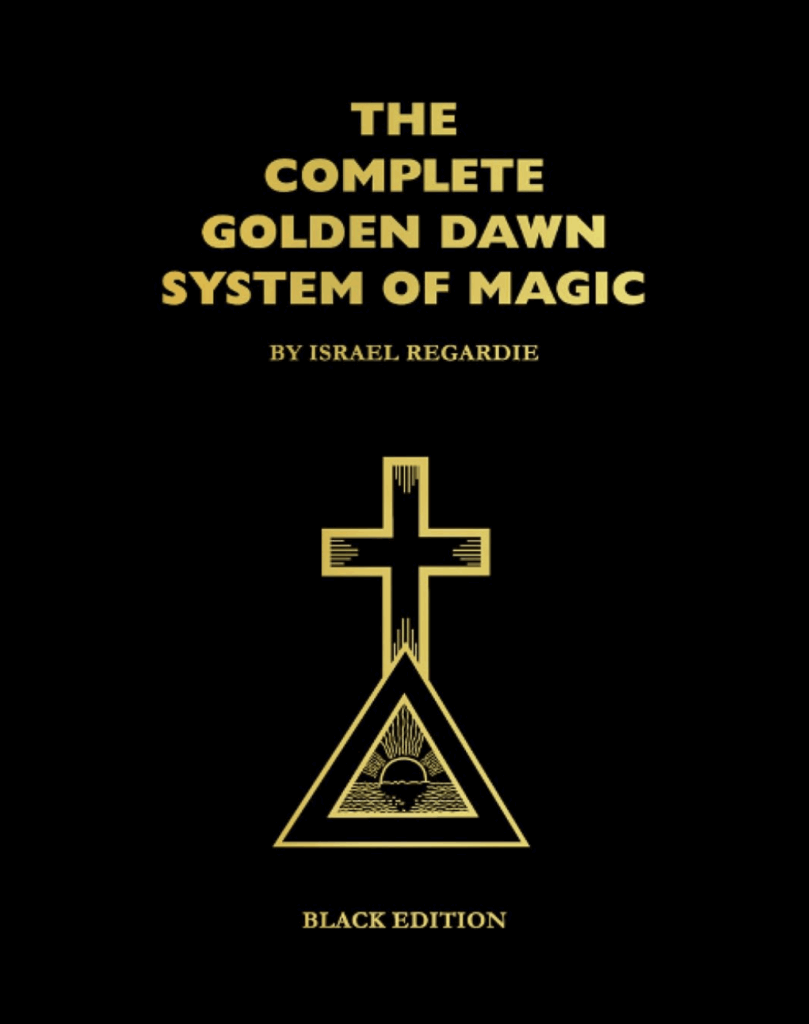
The Golden Dawn’s System of Magic
The Hermetic Order of the Golden Dawn, an influential Victorian-era magical society, created a comprehensive system of magic by synthesizing various Western esoteric traditions and designed a Tarot deck to reflect this holistic approach. These English-speaking occultists had adopted and modified French theories regarding the Tarot and then presented their novel works as part of a “secret tradition” within their magical societies. The Golden Dawn meticulously crafted a comprehensive and coherent system of magical theory and practice. This unique doctrine of magic featured an elaborate system of correspondences between planets and zodiac signs, Hebrew letters, metals, precious stones, colors, and more. While the Order’s magical teachings, which were a synthesis of Hermetism, the Kabbalah, and the newly conceived ‘Tarot mystique,’ primarily drew from the work of Éliphas Lévi, in striving for a thoroughly systematic approach, the founders incorporated theories that extended beyond Lévi’s writings.
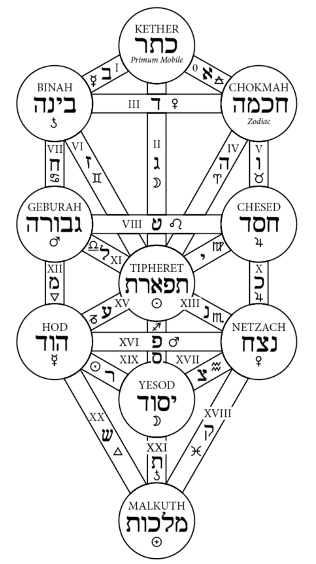
The Tarot Lecture
The tarot essay within the Cypher Manuscript, widely known as “the Tarot lecture” in the Golden Dawn tradition, aligns the ten numerical cards of each suit with the ten Sephiroth, equates the four suits to the four Kabbalistic worlds, and associates the sixteen court cards with the Tetragrammaton. The remainder of the lecture focuses on the Tarot trumps and their correlations to the pathways on the Tree of Life, as well as their associations with the 22 Hebrew letters. While Éliphas Lévi incorporated the Kabbalah into his system of magic, integrating it with the Tarot by linking the 22 major arcana to the letters of the Hebrew alphabet, the Cypher Manuscript, which the Golden Dawn adhered to closely, went further through its reference of the ten sephiroth and in highlighting the significance of the Tree of Life. The manuscript emphasizes that the sephiroth are ten in total, numbering them from 1 to 10 in accordance with the established conventions of Kircher and thereby not recognizing Daath as a conventional sephira. The pathways—referred to simply as “paths”—which connect together the ten Sephiroth are numbered from 11 to 32, diverging from Kircher’s method, which enumerates them from 1 to 22. Nevertheless, this numerical arrangement is consistent with the way in which Kircher orders the pathways and his Hebrew letter designations. The Golden Dawn regarded Kircher’s version of the Tree, with its allocation of letters to the pathways, as canonical. The associations of the Tarot major arcana acknowledged by the Golden Dawn were as follows:
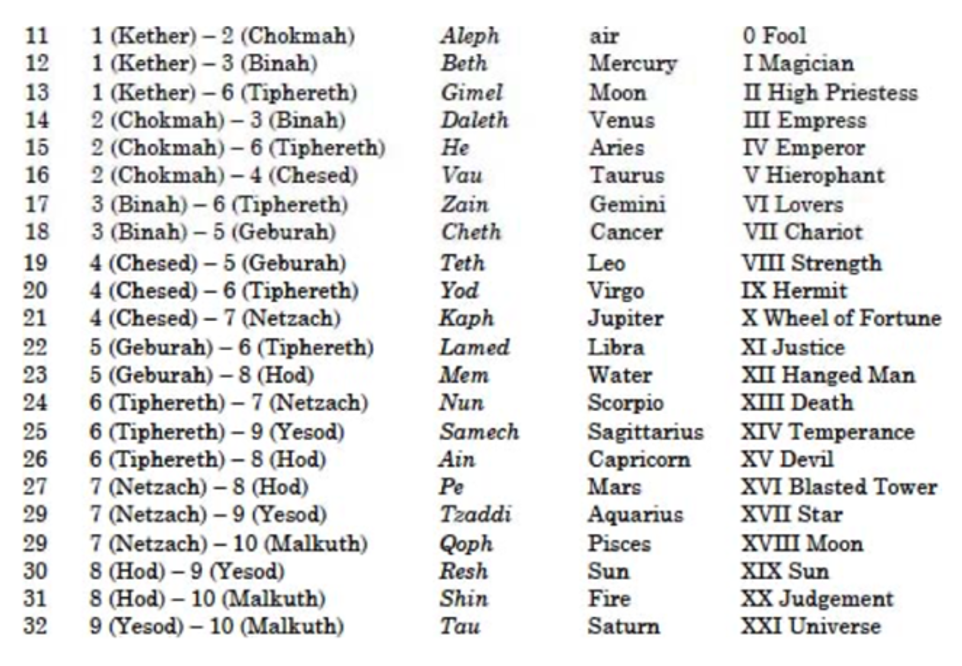
Book T
Westcott contributed extensively to the foundational teachings given to new members, while the advanced lessons given to adepts were primarily developed by Mathers. A significant portion of the Golden Dawn’s Tarot theory, focusing primarily on the court cards and numbered cards of the four suits, and independent of the Cypher Manuscript, is documented in a text known as Book T.
Mathers integrated Lévi’s understanding of the four-letter name of God—Yod-He-Vau-He—into the court cards. In 1856, Eliphas Levi published Le Dogme et Rituel de la Haute Magie, in which he linked the four suits in the tarot with the tetragrammaton. Similar to the roles established in a family of antiquity, in Kabbalah the tetragrammaton symbolizes qualities; thus, S.L. MacGregor Mathers applied the letters of the divine name to the members of the family in each suit while also relating each letter of the divine name to the four classical elements.
Unlike Levi, Mathers also imposed the classical elements on the four suits, as follows:
- Yod: father, active, emitting: Kings [Knights], fire, Wands
- He: mother, passive, receiving: Queens, water, Cups
- Vau: masculine, balancing: Princes [Kings], air, Swords
- He: feminine, rejuvenating: Princesses [Jacks], earth, Pentacles
Mathers’ theory features intricate associations with the numeral Minor Arcana. He linked each rank to a sephira on the Tree of Life. The Aces correspond to Sephira 1, Kether, progressing through to the 10s, which align with Sephira 10, Malkuth.
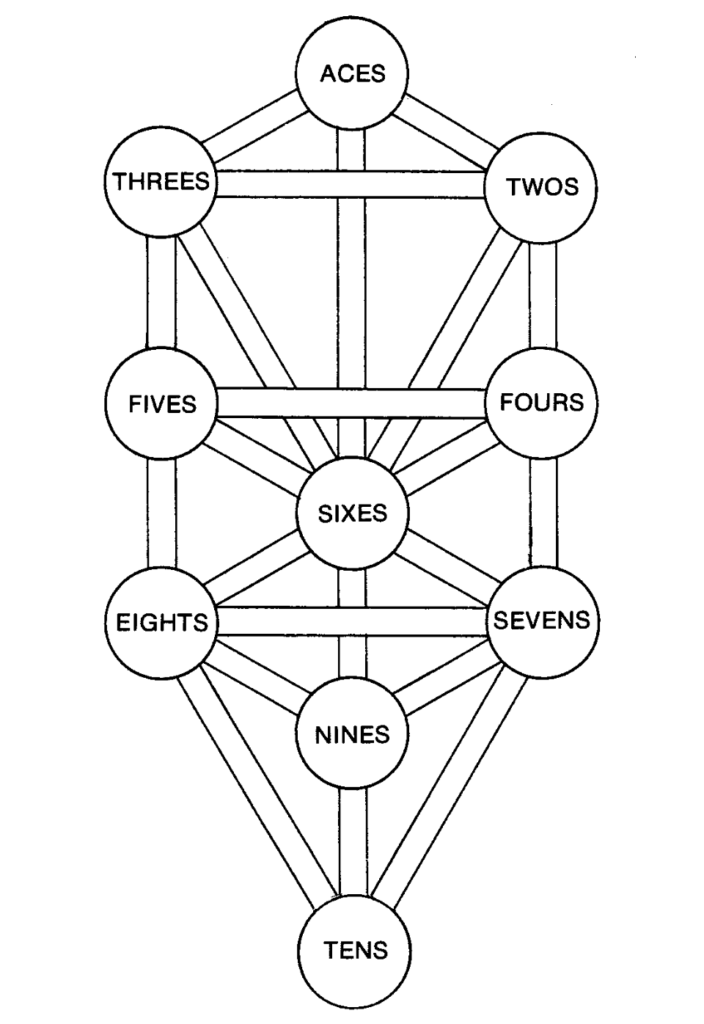
The Decanic Minor Arcana
In Book T, Mathers also connected the numeral cards, excluding the Aces, to the 36 decans found in Egyptian astrology, with each card numbered 2 through 10 covering one-third of a zodiac sign and governed by a particular planet.
